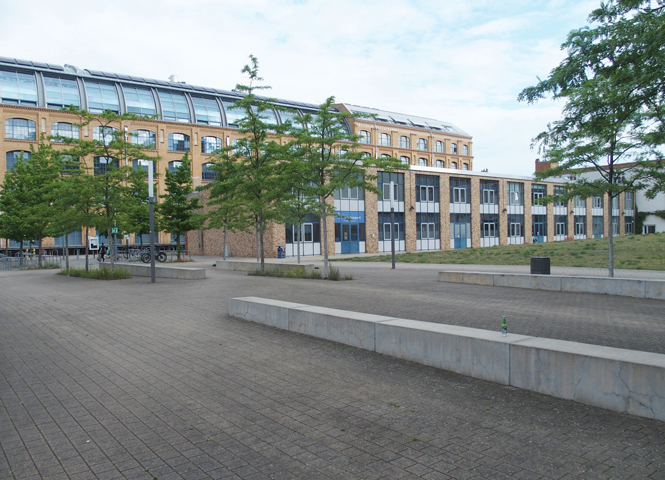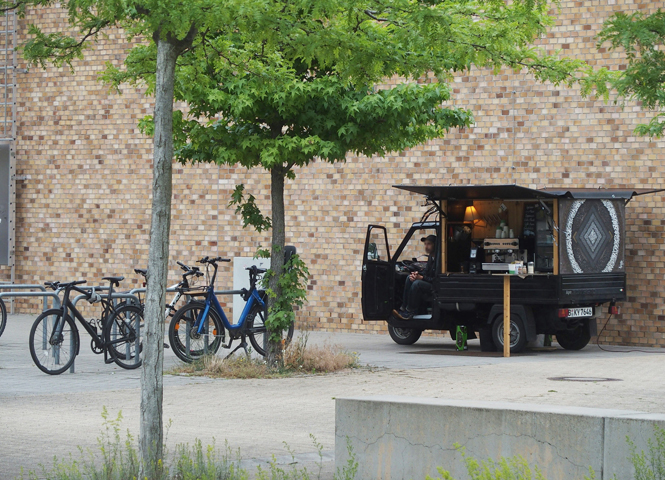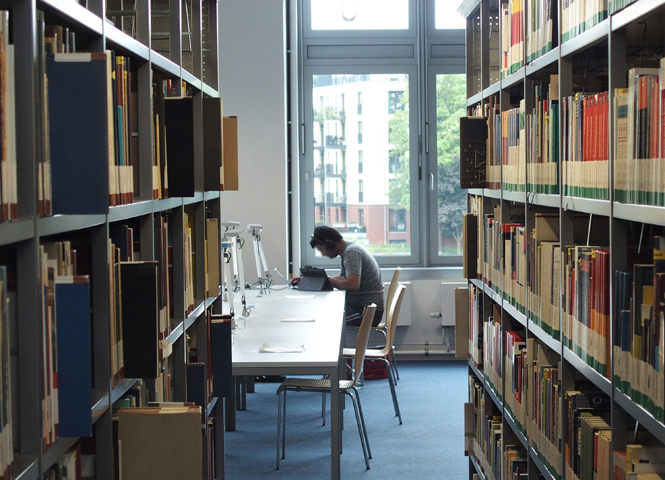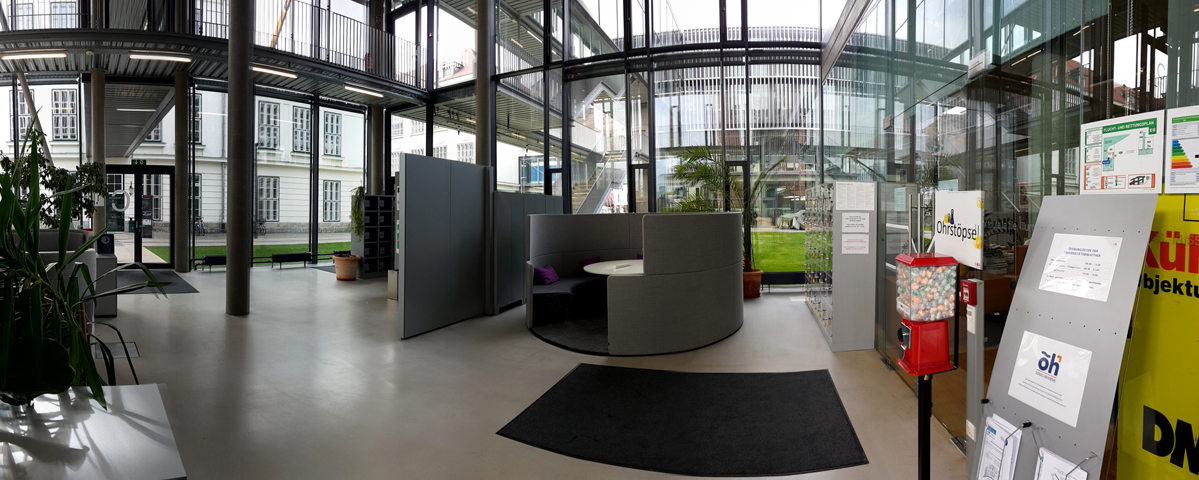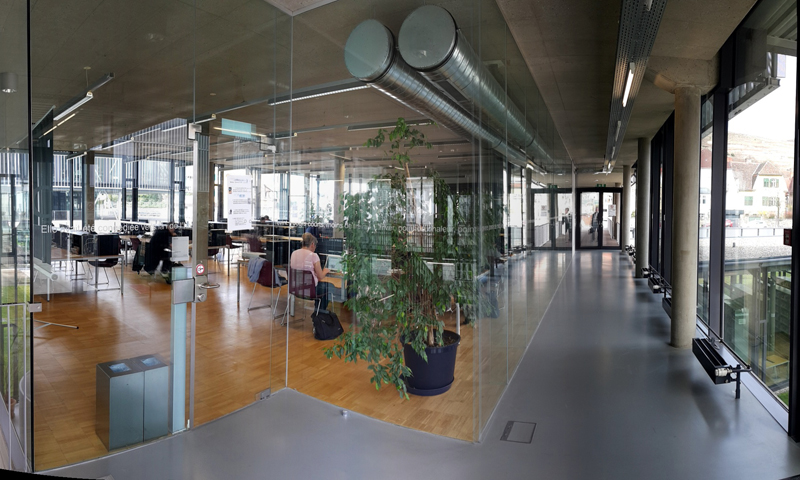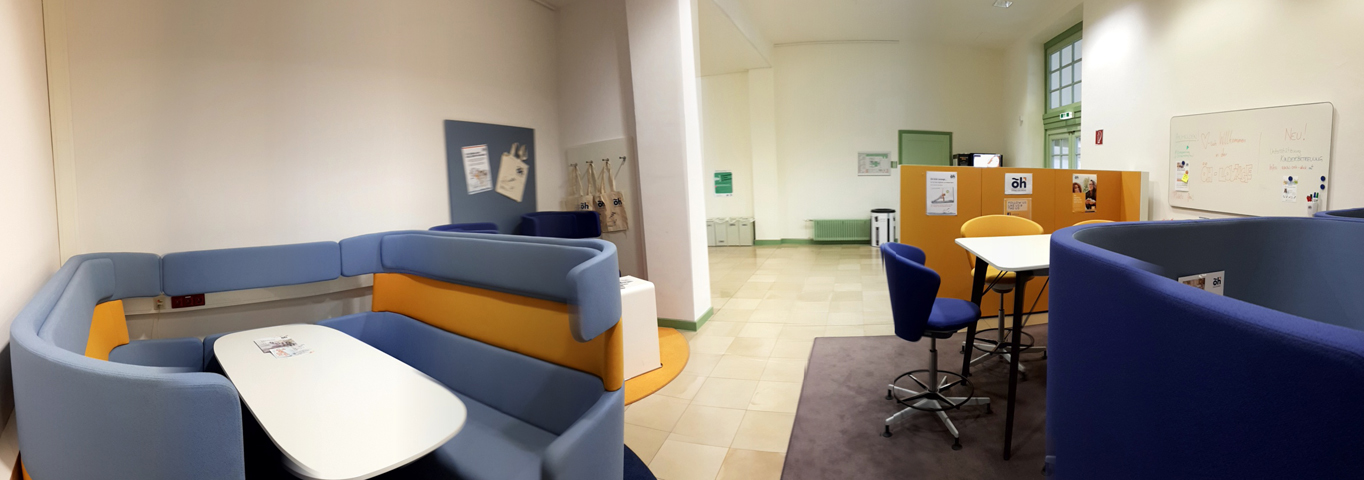Background
The outbreak of the COVID-19 pandemic in 2020 has forced and accelerated the development and use of digital technologies for digitally supported teaching and learning activities outside of formal institutional learning spaces such as seminar rooms and lecture halls.
Informal and non-conventional learning environments, like the home environment, but also other spaces used for learning activities like public space, cultural/educational public buildings, outdoor spaces, public transport, cafés etc., are thus taking on a new relevance. These changes bring new opportunities and challenges on educational systems, teachers and learners regarding teaching and learning strategies but also the design, provision and use of physical, hybrid and virtual learning environments.
Informal and non-conventional learning spaces
NIILS addresses informal and non-conventional learning spaces, focusing on physical and hybrid learning spaces which are provided by university, by third party or personally, which can be informal campus spaces, home learning environments, public spaces, learning cafés, public transport, outdoor spaces, natural landscapes etc. Existing inequalities in access to technical equipment and internet (“digital divide”) but also to physical-spatial environments conducive to learning and well-being can pose barriers on students in higher education, depending on their socio-economic background, gender, age, disabilities and geographical location.
Impact of physical learning environments on learners’ well-being, learning experience and students’ performance
Latest research shows, that there is broad evidence on the impact of physical learning environments on learners well-being, learning experience and students’ performance. While these findings are increasingly being taken into account in the design and operation of formal learning spaces like seminar rooms or lecture halls, there is yet little information on availability, accessibility, spatial characteristics, equipment and usage of informal or non-conventional learning spaces by different student groups.
Aim of NIILS
The project NIILS aims
- to provide data on informal and non-conventional physical and hybrid learning spaces available for and used by higher education students from different social groups in different European countries and regions and
- to develop recommendations and guidelines for learners, lecturers, university administration and other stakeholders to mitigate existing inequalities and promote technologically enhanced inclusive informal learning environments, which are conducive to learning and users’ well-being in higher education.
WHAT WILL BE THE OUTPUTS OF NIILS?
- A comparative country context report on the availability and infrastructure of informal learning spaces
- Users‘ perspective analysis which includes the usage, the perception and the impact of informal learning spaces
- A mapping platform to collect and share data on informal learning spaces
- Creation of learning communities for students’, lectures, and university administrations
- Recommendations and guidelines to promote inclusive and supportive informal learning spaces
Follow us
Linkedin: #niils
